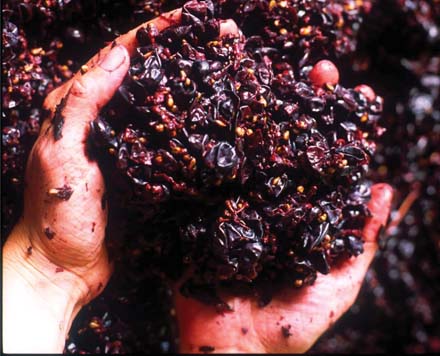Whether you pursue a career by learning the business as you go or by working in the business while going to school, this is pretty much the path you can expect to take in order to become a restaurant manager.
20 Golden Rules for Bartenders
It is hard to come up with a single, specific and detailed list of instructions for bartenders that teaches each how to be a good bartender. However, here are 21 golden rules for bartenders that can help advance your career. Find out what a good bartender does and does not do by following these tips:
- Do all that you can to make your bar patrons and guests happy within the specified boundaries of your employer. This will increase the likelihood of happier customers and better tips.
- Be mindful of the fact that this is not your bar, your party, nor your booze. Respect that someone else is paying for the supplies you use and do not waste anything.
- Dress like a pro, because you are repeatedly seen by virtually every customer who walks into the party or restaurant. Present yourself as a well-groomed professional.
- Understand the types of alcohol that you serve. Study up on the various brands and their qualities, because your customers will have questions about it from time to time.
- Practice the small details associated with cocktail making. These are the details that can separate the amateurs from the professionals.
- Keep your money neat. This demonstrates to your customers and employers that you are well-organized and on top of their cash.
Study up on the various brands and their qualities, because your customers will have questions about it from time to time.
- Sometimes, you will receive a small tip. This is the nature of the business. Don’t sweat it.
- If you allow clientele to run your establishment, you will never regain control. Be in charge with a friendly, yet authoritative tone. Your customers will respect you for it.
- Learn why and how to give out comps, because these can be real problem solvers when other things don’t work. Your customers will love you for them.
- Anticipate what the customer wants before he or she asks. Refilling a glass, replacing a coaster or emptying a full ashtray are the types of small touches that the customer appreciates.
- Control the bar environment. Is the music too loud? How is the temperature? Your customers’ comfort is proportional to how they will rate their experiences in your bar.
- Branch out. It is important for a bartender to work continually to gain additional bartender skills because it helps keep customers interested.
If you allow clientele to run your establishment, you will never regain control.
- Learn some jokes. Read the papers to learn some banter. People tip for your service. Be amiable, because these are valuable skills that will set you apart from other bartenders.
- Keep your bar spotless. Face bottles forward. Keep the bar top clean, because this leaves a lasting impression that will impress the customers and show them your dedication to the job.
- Use both hands as you work, because this will help you pick up speed as you mix drinks. Bartenders learn to become ambidextrous.
- Mise en place is a French phrase describing how one arranges tools and ingredients. Do the same thing each time you set up because it will help you stay organized.
- Always be seen washing your hands. Do not touch your face or hair. Be cool. Don’t be untidy, because these are the types of things that drive customers away.
- Converse with customers. Greet them when they enter the bar area, and good-bye when they depart. Find out how they are doing. This is exactly what customers expect from a bartender and will result in more loyalty from the customers and better tips.
Arranges tools and ingredients each time you set up because it will help you stay organized.
- Refrain from offering advice, and resist the urge to dominate conversations, because you are here to serve your customers. Everything should be about your customers and not about yourself.
- People expect a lot from their bartenders. Be careful about which aspects of yourself you choose to present at a given moment and select your conversational material carefully. No customer wants to know about that mole you just had removed from your ear lobe. Keep the conversation light, interesting and friendly.
Looking for bartender positions? Check out Sirvo for great opportunities!
You might also like…
What’s the Career Path of a Restaurant Manager?
Different Types of Restaurant Establishments and How They Differ
As you consider which restaurant you’d like to start a career in, you may come across the many different types of establishments. The work and pay will be different at each, so we thought we’d give you a quick rundown of what each service type is and what you can expect.
7 Ways to Make Your Resume Stronger
Crafting a strong resume is the first step in attaining the employment you’ve always wanted. Don’t just slap it together; instead, take the time to do it right with these helpful tips!








